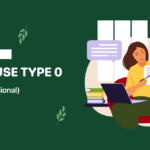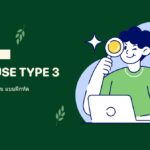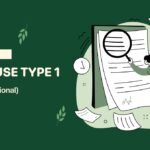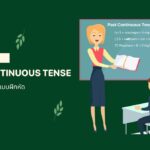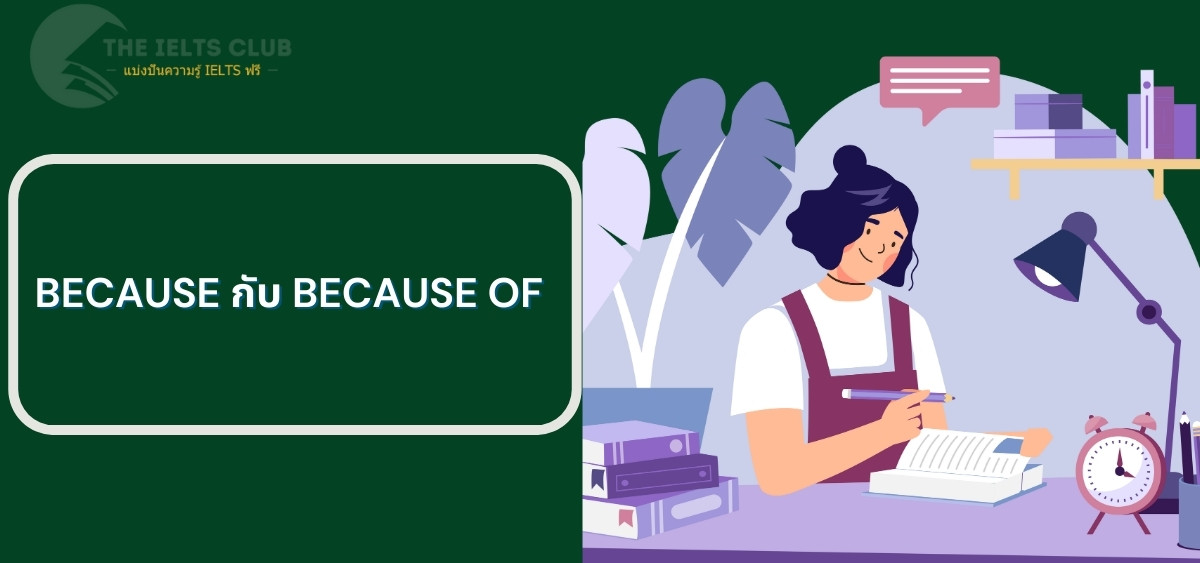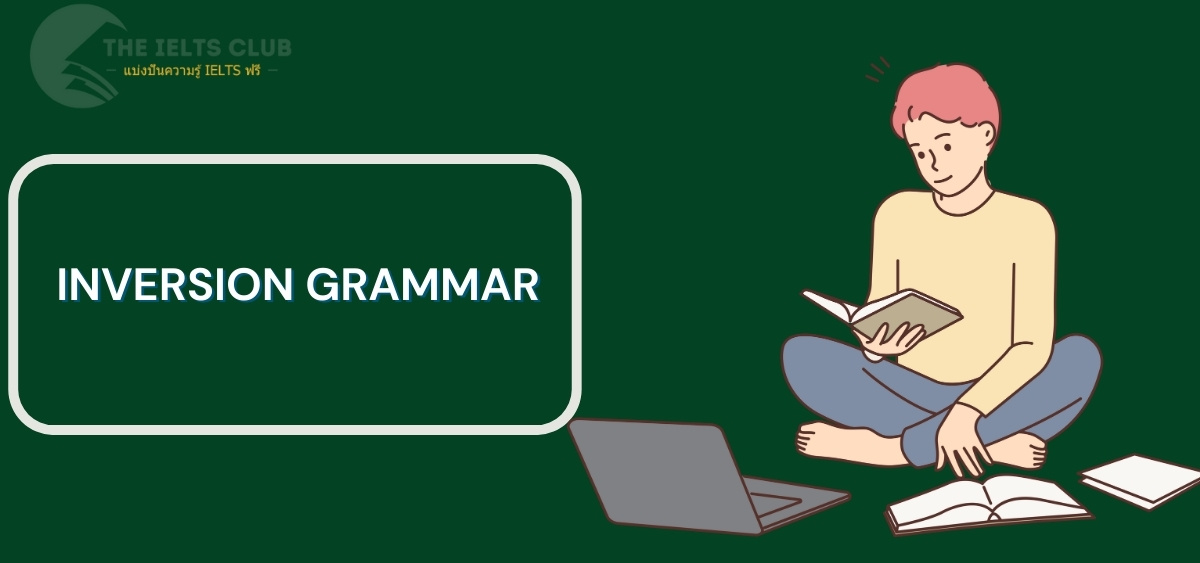คุณกำลังประสบปัญหาในการใช้ “Present Continuous Tense” ในภาษาอังกฤษหรือไม่? บทความนี้จะให้ความรู้ครบถ้วนเกี่ยวกับ Present Continuous Tense รวมถึงแนวคิดพื้นฐาน, วิธีการใช้, สัญญาณที่รู้จัก, กฎการเปลี่ยนรูปกริยา, และการฝึกหัดพร้อมคำตอบ เรามาเรียนรู้และชนะไวยากรณ์ภาษาอังกฤษไปด้วยกันเถอะ!
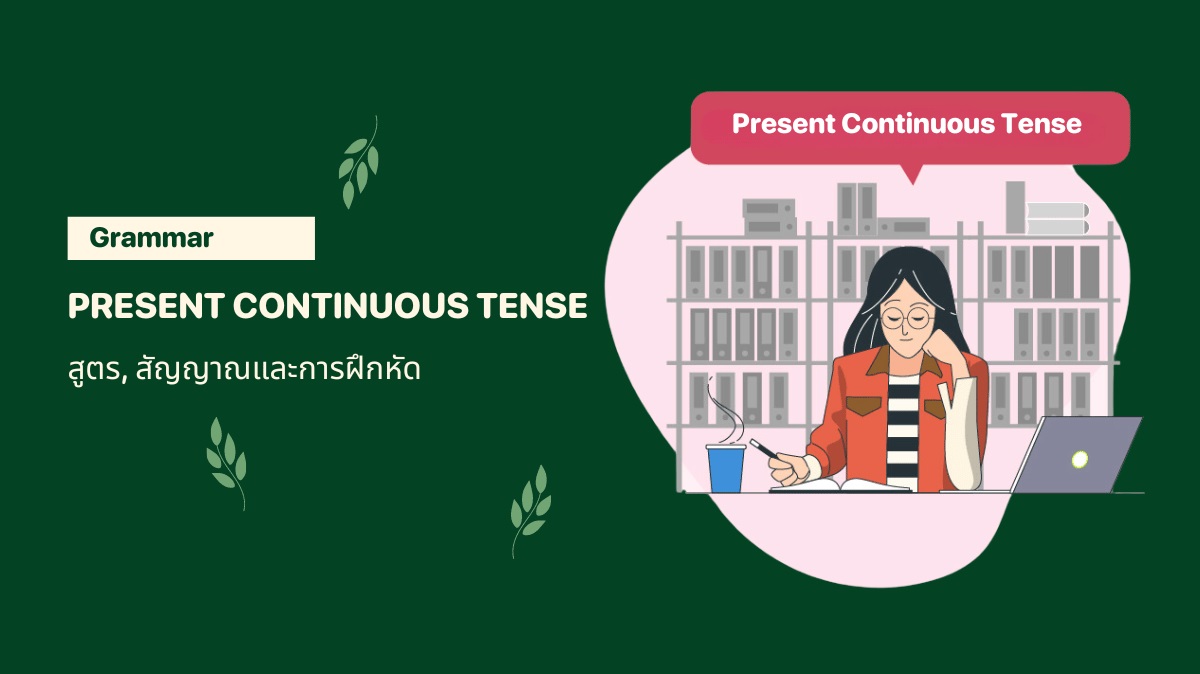
I. ความคิดเห็นเกี่ยวกับกาลปัจจุบันต่อเนื่อง
กาลปัจจุบันต่อเนื่อง (Present continuous tense) ใช้แสดงเหตุการณ์หรือการกระทำที่เกิดขึ้นในขณะที่กำลังพูดหรือรอบๆ ช่วงเวลานั้น ซึ่งเหตุการณ์หรือการกระทำนั้นยังไม่สิ้นสุดและยังคงดำเนินต่อไปจนถึงปัจจุบัน
II. Present Continuous Tense โครงสร้างประโยค
สูตรกาลปัจจุบันต่อเนื่องมี 3 รูปแบบ ได้แก่ รูปบวก, รูปลบ, และรูปคำถาม โดยมีรายละเอียดดังนี้:
1. รูปบวก
โครงสร้าง: S + is/am/are + V-ing
ในนี้:
- S คือ ประธานของประโยค ได้แก่: I, She, He, It, They, We, You
- กริยา tobe แบ่งตามตัวประธาน ดังนี้:
- I + am
- He/She/It + is
- We/You/They + are
ตัวอย่าง:
- I am preparing a meal. (ฉันกำลังเตรียมอาหาร.)
- She is watching a movie. (เธอกำลังดูหนัง.)
- They are studying English. (พวกเขากำลังเรียนภาษาอังกฤษ.)
- We are listening to music. (เรากำลังฟังเพลง.)
2. รูปลบ
โครงสร้าง: S + is/am/are + not + V-ing
การย่อของกริยา tobe ดังนี้:
- is not = isn’t
- are not = aren’t
ตัวอย่าง:
- I am not solving the puzzle right now. (ตอนนี้ฉันไม่ได้แก้ปริศนา.)
- My brother isn’t watching TV at this moment. (ตอนนี้น้องชายฉันไม่ได้ดูทีวี.)
- They aren’t playing football now. (ตอนนี้พวกเขาไม่ได้เล่นฟุตบอล.)
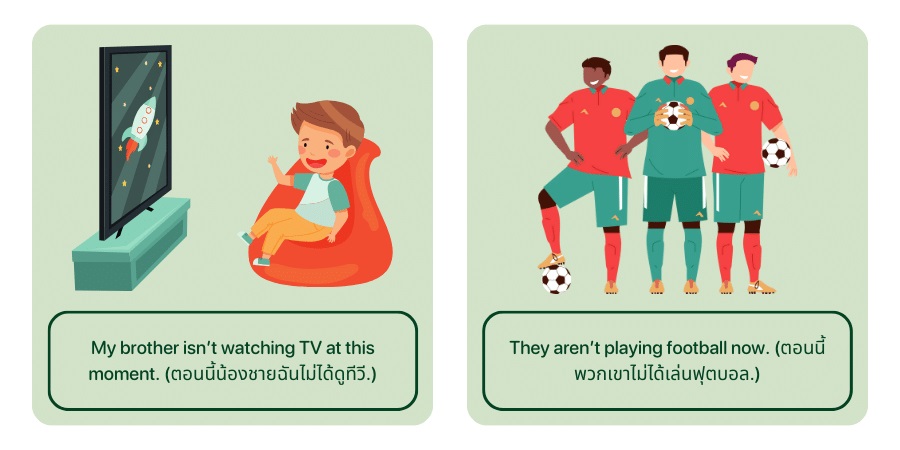
3. รูปคำถาม (Yes/No, Wh-question)
3.1 รูปคำถาม Yes/No
โครงสร้าง:
ถาม: Is/am/are + S + V-ing?
ตอบ: Yes, S + is/am/are.
No, S + is/am/are + not
ตัวอย่าง 1:
- A: Are you going to the store now? (ตอนนี้คุณกำลังไปร้านค้าหรือ?)
- B: Yes, I am. (ใช่, ฉันกำลังไป.)
ตัวอย่าง 2:
- A: Is he reading the news now? (เขากำลังอ่านข่าวอยู่ใช่ไหม?)
- B: No, he is not. (ไม่, เขาไม่ได้อ่าน.)
3.2 รูปคำถาม Wh-question
โครงสร้าง:
- คำถาม: WH- + is/am/are + (not) + S + V-ing?
- ตอบ: S + is/am/are + (not) + V-ing
ตัวอย่าง:
- What is she doing at the moment? (เธอกำลังทำอะไรอยู่ในขณะนี้?)
- She is studying for her exams. (เธอกำลังเตรียมตัวสำหรับการสอบ.)
III. วิธีการใช้ V-ing ในกาลปัจจุบันต่อเนื่อง
ในการใช้กาลปัจจุบันต่อเนื่องหรือกาลต่อเนื่องอื่นๆ ในภาษาอังกฤษ จำเป็นต้องใช้ V-ing กฎทั่วไปคือ:
- V (กริยา) + ING = กำลังดำเนินการกระทำนั้นอยู่
โดยปกติ เราเพียงแค่เติม ING ต่อท้ายกริยา แต่มีบางกรณีพิเศษที่คุณควรจะระวังดังนี้
1. กริยาที่ลงท้ายด้วยตัว “e”
สำหรับกริยาที่ลงท้ายด้วยตัว “e” กฎในการเติม “e” คือ ตัด “e” ออกแล้วเติม “-ing” เข้าไป ตัวอย่างเช่น:
- leave – leaving
- ride – riding
- come – coming
หมายเหตุสำคัญ: ถ้าลงท้ายด้วย “ee” ให้สังเกตว่า กฎการเติม ING จะไม่ตัด “e” แต่เพิ่ม “-ing” ตามปกติ!
2. กริยาที่ลงท้ายด้วยตัว “ie”
สำหรับกริยาที่ลงท้ายด้วยตัว “ie” กฎในการเติม “ie” คือ เปลี่ยน “ie” เป็น “y” แล้วเติม “-ing”.
ตัวอย่าง:
- lie – lying
- die – dying
3. กริยาที่มีหนึ่งพยางค์ ลงท้ายด้วยพยัญชนะ และก่อนหน้านั้นเป็นสระ
สำหรับกริยาที่มีหนึ่งพยางค์ ลงท้ายด้วยพยัญชนะและก่อนหน้านั้นเป็นสระ กฎในการเติม “e” คือ ทำซ้ำพยัญชนะสุดท้ายแล้วเติม “-ing”.
ตัวอย่าง:
- stop – stopping
- get – getting
- put – putting
หมายเหตุเกี่ยวกับกรณีพิเศษ:
- begging – beginning
- travel – travelling
- prefer – preferring
- permit – permitting
IV. การใช้กาลปัจจุบันกำลัง
มี 4 วิธีใช้กาลปัจจุบันกำลัง, ดังนี้:
1. แสดงเหตุการณ์หรือการกระทำที่กำลังเกิดขึ้นในขณะนี้
กาลปัจจุบันกำลังใช้เพื่อแสดงเหตุการณ์หรือการกระทำที่กำลังเกิดขึ้นในขณะพูด
ตัวอย่าง:
- They are playing football right now. (พวกเขากำลังเล่นฟุตบอลอยู่ตอนนี้)
- Maria is studying for her exams at this moment. (มาเรียกำลังอ่านหนังสือสอบอยู่ในขณะนี้)
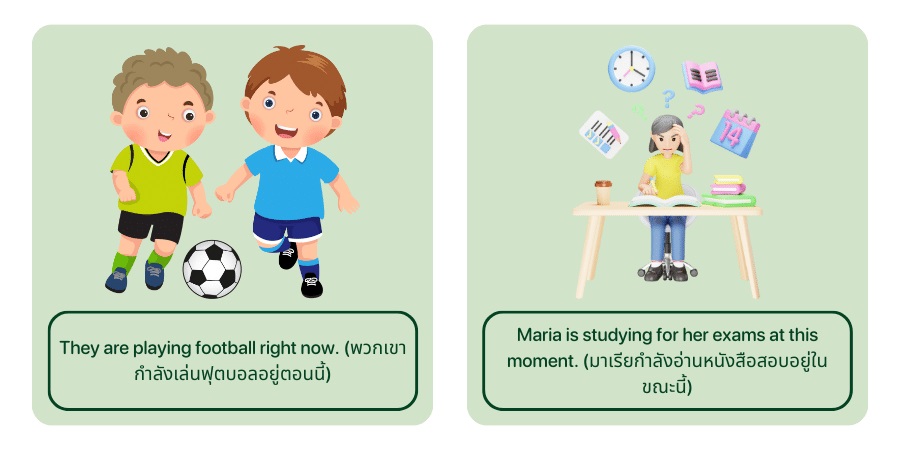
2. แสดงเหตุการณ์หรือการกระทำที่กำลังเกิดขึ้นแต่ไม่จำเป็นต้องเกิดขึ้นในขณะนี้
กาลปัจจุบันกำลังใช้เพื่อแสดงเหตุการณ์หรือการกระทำทั่วไปที่กำลังเกิดขึ้นแต่ไม่จำเป็นต้องเกิดขึ้นจริงๆ ในขณะนั้น
ตัวอย่าง:
- John is working on a new project. (จอห์นกำลังทำงานในโครงการใหม่)
- Lisa is reading a novel these days. (ลิซ่ากำลังอ่านนวนิยายวันนี้)
3. แสดงเหตุการณ์หรือการกระทำที่จะเกิดขึ้นในอนาคตอันใกล้
กาลปัจจุบันกำลังใช้เพื่อแสดงเหตุการณ์หรือการกระทำที่จะเกิดขึ้นในอนาคตอันใกล้ โดยมักแสดงแผนการที่ได้วางไว้
ล่วงหน้า ตัวอย่าง:
- We are visiting Grandma this weekend. (สุดสัปดาห์นี้เราจะไปเยี่ยมคุณย่า)
- What are you doing for the holiday? (คุณทำอะไรในวันหยุด?)
4. แสดงเหตุการณ์ที่ซ้ำๆ กัน
กาลปัจจุบันกำลังยังใช้เพื่อบ่นเกี่ยวกับเหตุการณ์ที่ซ้ำๆ กันจนน่ารำคาญ คุณสามารถรู้ได้ง่ายเมื่อประโยคมีคำบ่งบอกความถี่เช่น always, continually
- ตัวอย่าง: He is always complaining about his job. (เขามักจะบ่นเกี่ยวกับงานของเขา)
V. การรู้จำเวลาปัจจุบันกำลัง
คุณสามารถรู้จักกาลปัจจุบันกำลังได้ง่าย เมื่อในประโยคมีการใช้คำบ่งชี้เวลาและกริยาต่อไปนี้:
- Now
- Right now
- At the moment
- At present
- At + specific time (At the moment, At the present,)
- Look!
- Listen!
- Keep silent! etc.
ตัวอย่างที่แทนที่ด้วยประโยคอื่น:
- She is typing an email right now. (เธอกำลังพิมพ์อีเมลอยู่ตอนนี้)
- It is snowing outside. (ข้างนอกหิมะตก)
- Look! Someone is waving at us. (ดู! มีคนโบกมือให้เรา)
- Listen! Someone is playing the piano. (ฟัง! มีคนกำลังเล่นเปียโนอยู่)
VI. กริยาที่ไม่ใช้กับกาลปัจจุบันกำลัง
ต่อไปนี้คือบางกริยาที่ไม่ใช้กับกาลปัจจุบันกำลัง:
- Appear: to appear
- Believe: to believe
- Belong: to belong
- Contain: to contain
- Depend: to depend
- Forget: to forget
- Hate: to hate
- Hope: to hope
- Know: to know
- Lack: to lack
- Like: to like
- Love: to love
- Mean: to mean
- Need: to need
- Prefer: to prefer
- Realize: to realize
- Remember: to remember
- Seem: to seem
- Sound: to sound
- Suppose: to suppose
- Taste: to taste
- Understand: to understand
- Want: to want
- Wish: to wish
VII. แบบฝึกหัดกาลปัจจุบันต่อเนื่อง (Present Continuous)
แบบฝึกหัดที่ 1: ใส่คำกริยาในวงเล็บในกาลต่อเนื่องปัจจุบัน
- I (watch) a movie right now.
- She (cook) dinner in the kitchen.
- They (play) football in the park.
- We (learn) English at the moment.
- You (not listen) to music?
- What (your brother) (do)?
- Where (she) (go)?
- The train (not arrive) yet.
- Look! The sun (shine) brightly.
- Be quiet! The baby (sleep).
บทที่ 2: เขียนประโยคโดยใช้กาลต่อเนื่องปัจจุบันตามคำที่แนะนำที่ให้ไว้
- I / walk / in the park / with my friends.
- She / cook / dinner / for her family.
- They / play / video games / in the living room.
- We / not study / for the exam / right now.
- You / listen / to music / on your headphones?
- What / your sister / do / at the moment?
- Where / your father / go / now?
- The plane / not take off / yet.
- Look! The birds / sing / beautifully.
- Be quiet! The students / take an exam.
คำตอบ:
บทที่ 1:
- am watching
- is cooking
- are playing
- are learning
- aren’t listening
- is doing
- is going
- hasn’t arrived
- is shining
- is sleeping
บทที่ 2:
- I am walking in the park with my friends.
- She is cooking dinner for her family.
- They are playing video games in the living room.
- We are not studying for the exam right now.
- Are you listening to music on your headphones?
- What is your sister doing at the moment?
- Where is your father going now?
- The plane hasn’t taken off yet.
- Look! The birds are singing beautifully.
- Be quiet! The students are taking an exam.
นี่คือบทเรียนเกี่ยวกับ Present Continuous Tense ซึ่งรวมถึงสูตรและวิธีการใช้งานในการสอบ IELTS อย่าลืมทำแบบฝึกหัดให้ครบเพื่อเก็บความรู้ไว้ให้ได้มากที่สุดและหลีกเลี่ยงการลืม นอกจากนี้หากมีข้อสงสัยใดๆ อย่าลังเลที่จะคอมเมนต์เพื่อรับคำตอบที่รวดเร็วที่สุด!


